With straightforward care, glossy leaves, and gorgeous blooms, hoyas, or wax plants, are one of the most beloved houseplants out there. These semi-succulent plants can thrive even through occasional periods of neglect. They seldom need more than well-draining potting mix and thorough watering, which makes them ideal for plant enthusiasts who want something beautiful, yet low maintenance. Ahead, we’ve rounded up the easiest hoya plants to add to your collection, breaking down care requirements for each.
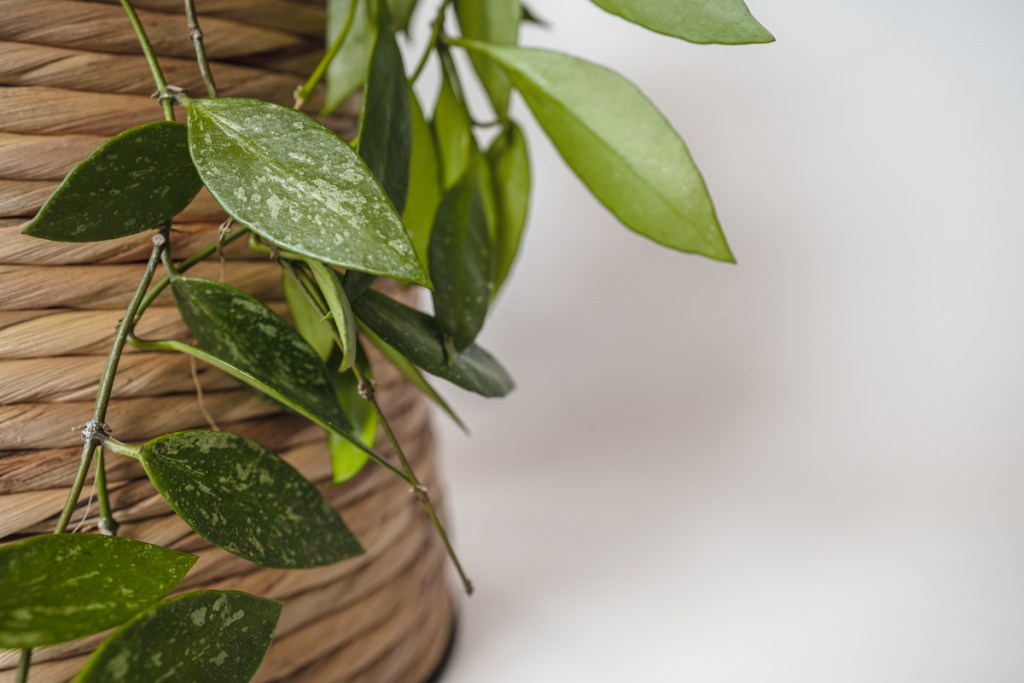
Hoya pubicalyx
Native to the Philippines, the hoya pubicalyx is relatively unfussy. Its speckled flat green leaves look great trailing from a hanging basket. As long as you fertilize throughout the growing season and keep your plant in indirect sunlight, you should see relatively quick growth. When it’s time to bloom, the pubicalyx will push out dusty pink, star-shaped flowers with a sweet fragrance. You should water your plant when the soil dries out and the leaves feel slightly limp — remember to dump out excess water to prevent root rot.
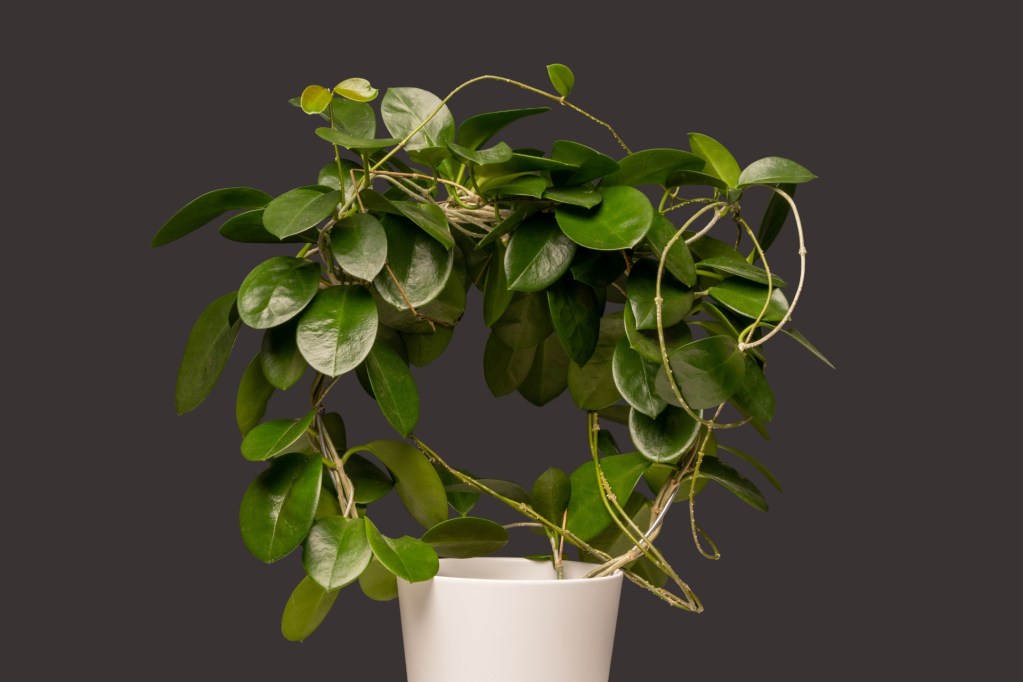
Hoya australis
Somewhat resembling the ZZ plant, the climbing hoya australis flaunts beautiful cream flowers and glossy oval leaves. It’s a relatively easy and quick-growing hoya, tolerating low light and humidity levels. The australis also doesn’t have strict watering requirements — you can get away with watering it infrequently. Just remember that it prefers well-draining soil mix with mostly cactus soil and perlite, since it doesn’t tolerate being waterlogged. To promote growth, feed it once or twice a month during the spring and summer.
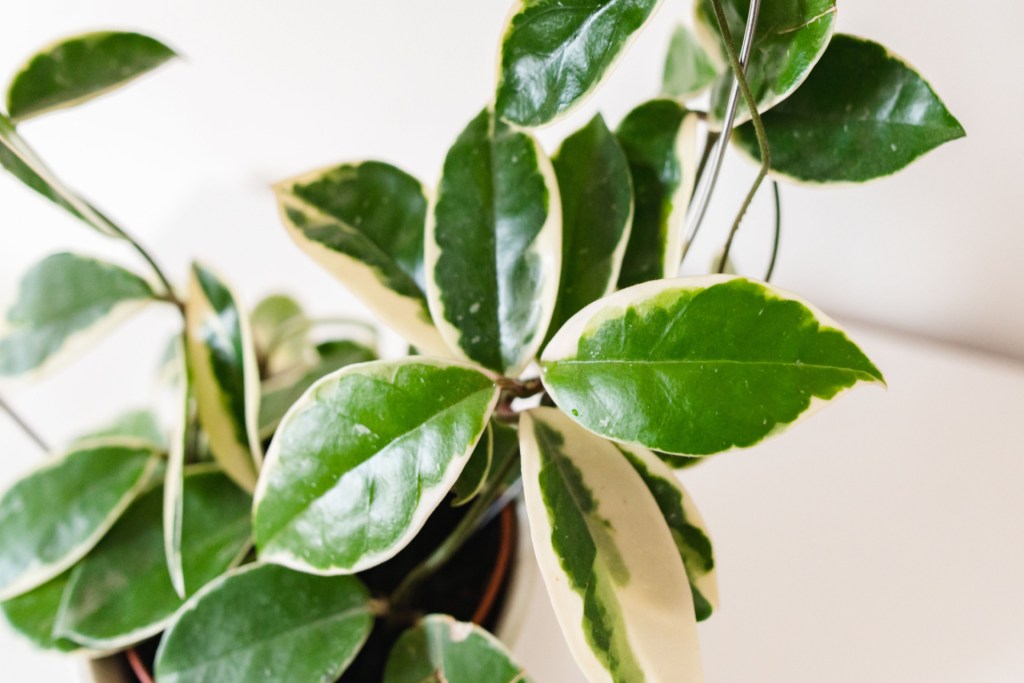
Hoya carnosa
The hoya carnosa, which hails from East Asia and Australia, is one of the most common hoya plants out there, yielding fragrant white and pink star-shaped blooms. It has thick green leaves that trail, although you’ll often see plant enthusiasts training it with a trellis. You’ll want to give your carnosa consistent waterings and medium humidity so that it can thrive. Although the green type is prevalent, you’ll also find varieties with splashes of cream and pink. If you do have a variegated carnosa, make sure that the plant receives adequate bright indirect light to maintain its color. Feed your plant once or twice a month during the growing season with a weak diluted liquid fertilizer to give it an extra boost.
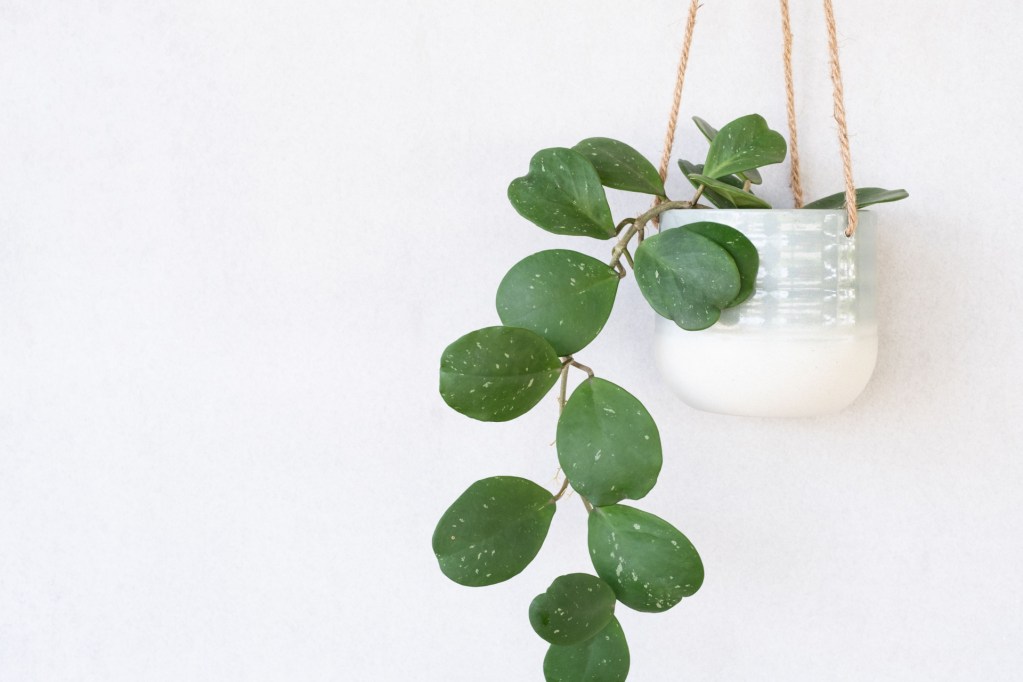
Hoya obovata
Originating from Indonesia, the hoya obovata features waxy, ovate green leaves and occasionally white and pink blooms. It prefers bright indirect light and well-draining, airy soil. It can tolerate lower humidity and warmer temperatures, but it does best in moderate humidity and temperatures. This fast-growing variety will appreciate consistent bi-monthly feedings during the spring and summer with a high-nitrogen fertilizer. Keeping your obovata rootbound can increase its chances of blooming, so don’t be too hasty to repot your plant!
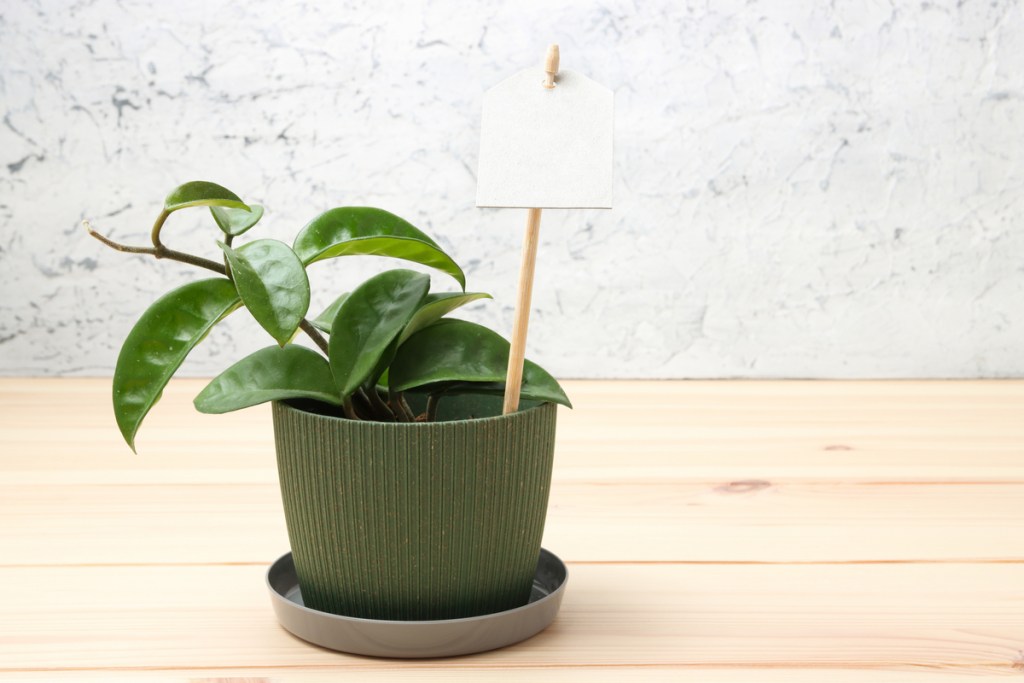
Hoya krinkle
Are you looking for a hoya with a bit of texture? The hoya krinkle, native to northern Australia, features petal-shaped leaves and pink star-shaped flowers similar to the hoya carnosa, except the foliage has puckered dimples on its thick, glossy surface. It appreciates adequate humidity and bright indirect light. Drought tolerant by nature, it can survive long periods between waterings.
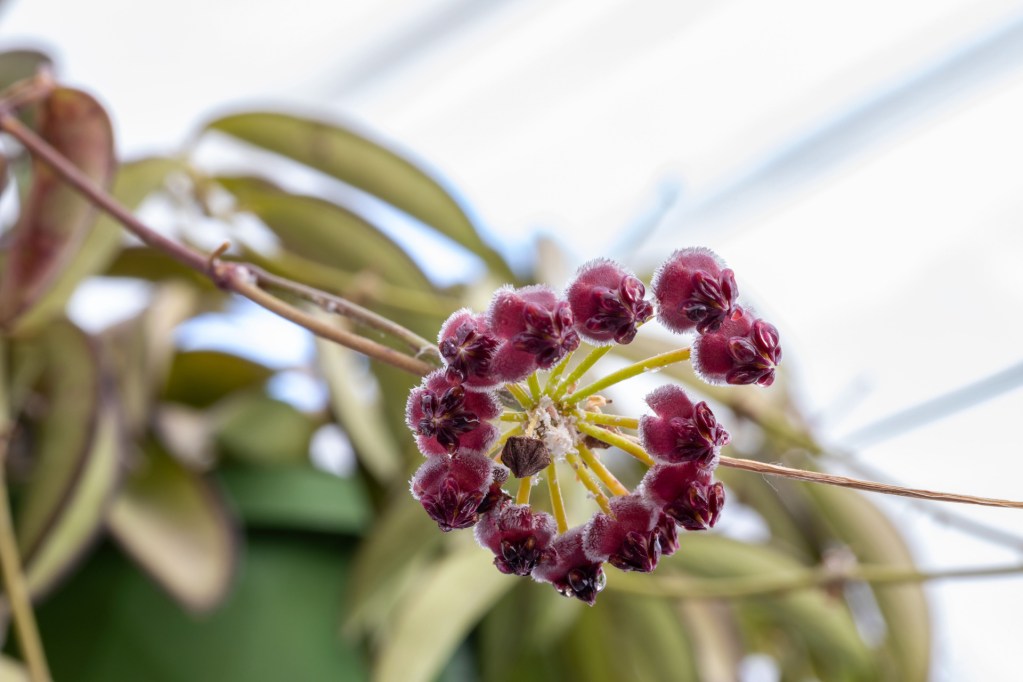
Hoya wayetii
Originating from the Philippines and other parts of Southeast Asia, the hoya wayetii consists of long, finger-like leaves. This plant can tolerate full sun, but it will thrive in dappled light, since overexposure can lead to leaf scorch. Since its leaves store water, you can allow it to dry out between waterings and keep it in a drier environment. Occasionally, it puts out beautiful dark red blooms in the spring and summer. Fertilizing it during the growing season will encourage new leaves and flowers; a bimonthly schedule should be sufficient.
While similar to succulents, hoyas make for the perfect indoor houseplants because they don’t need full sun to develop beautiful, thick leaves. Once you’ve decided which hoya (or hoyas!) you want to add to your collection, the next step is understanding its specific care requirements to ensure that it grows and pushes out lovely leaves and blooms. From obovatas to wayetiis, you’ll discover a wide variety of easy-care hoyas out there to bring into your home.



